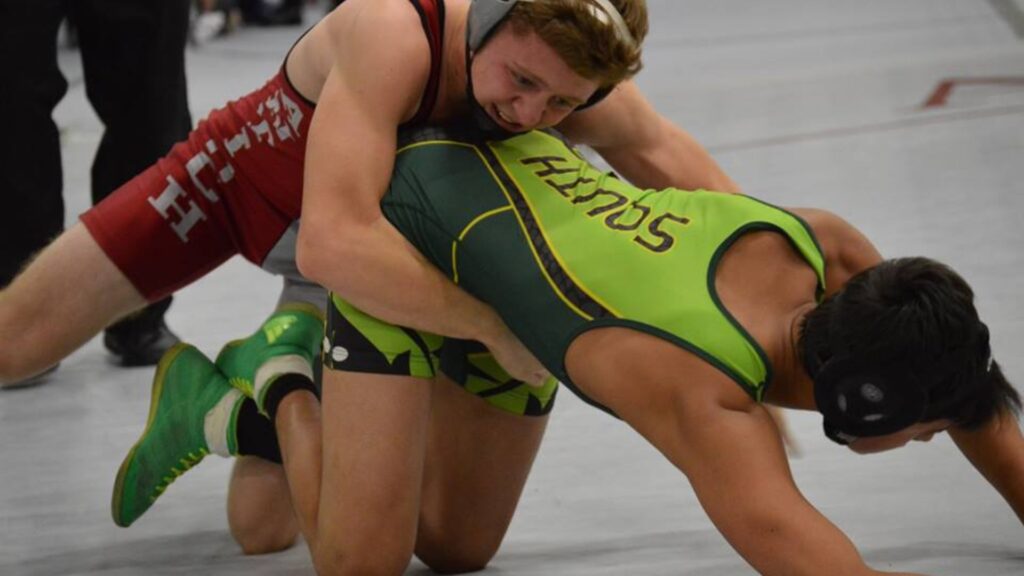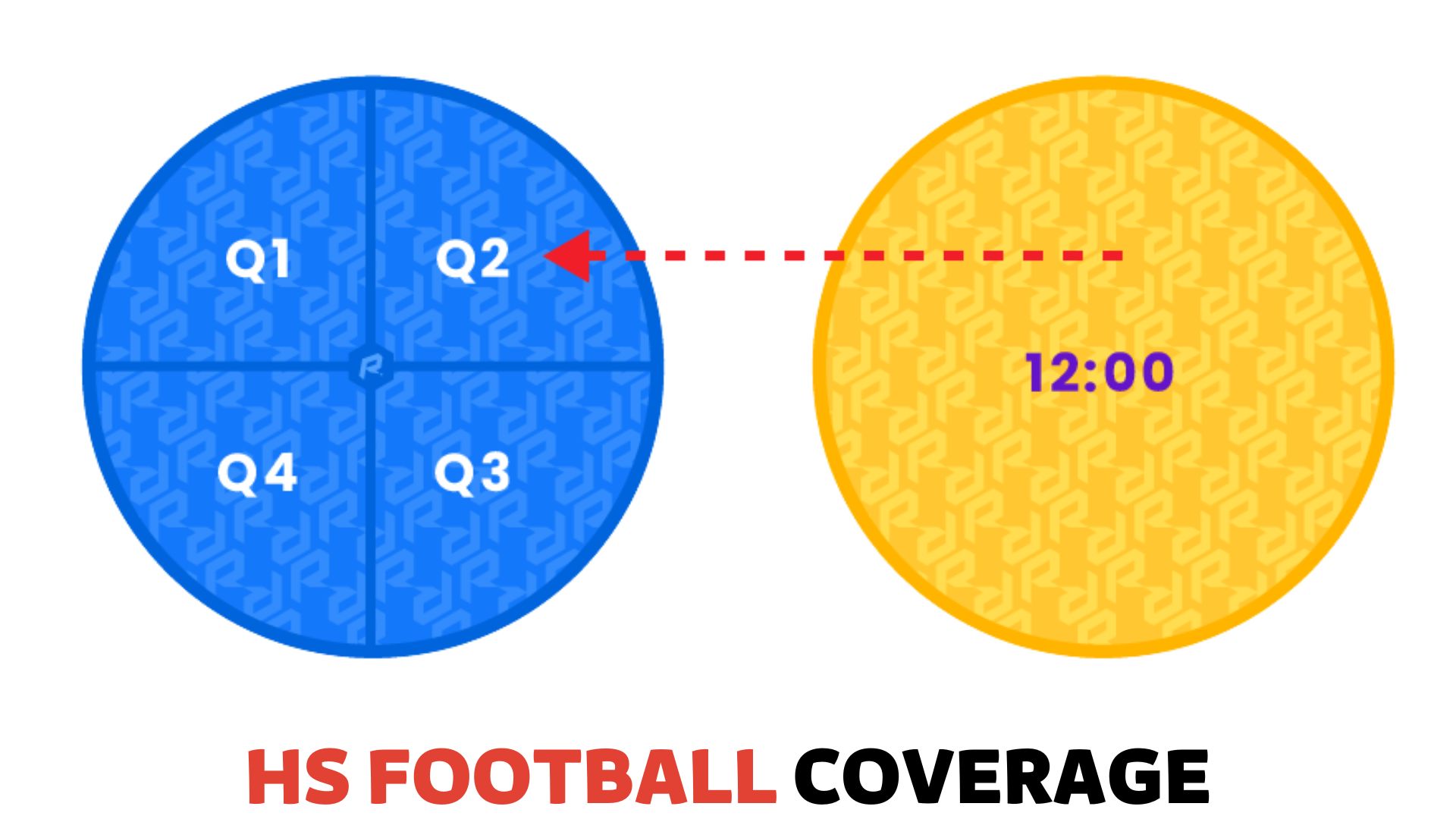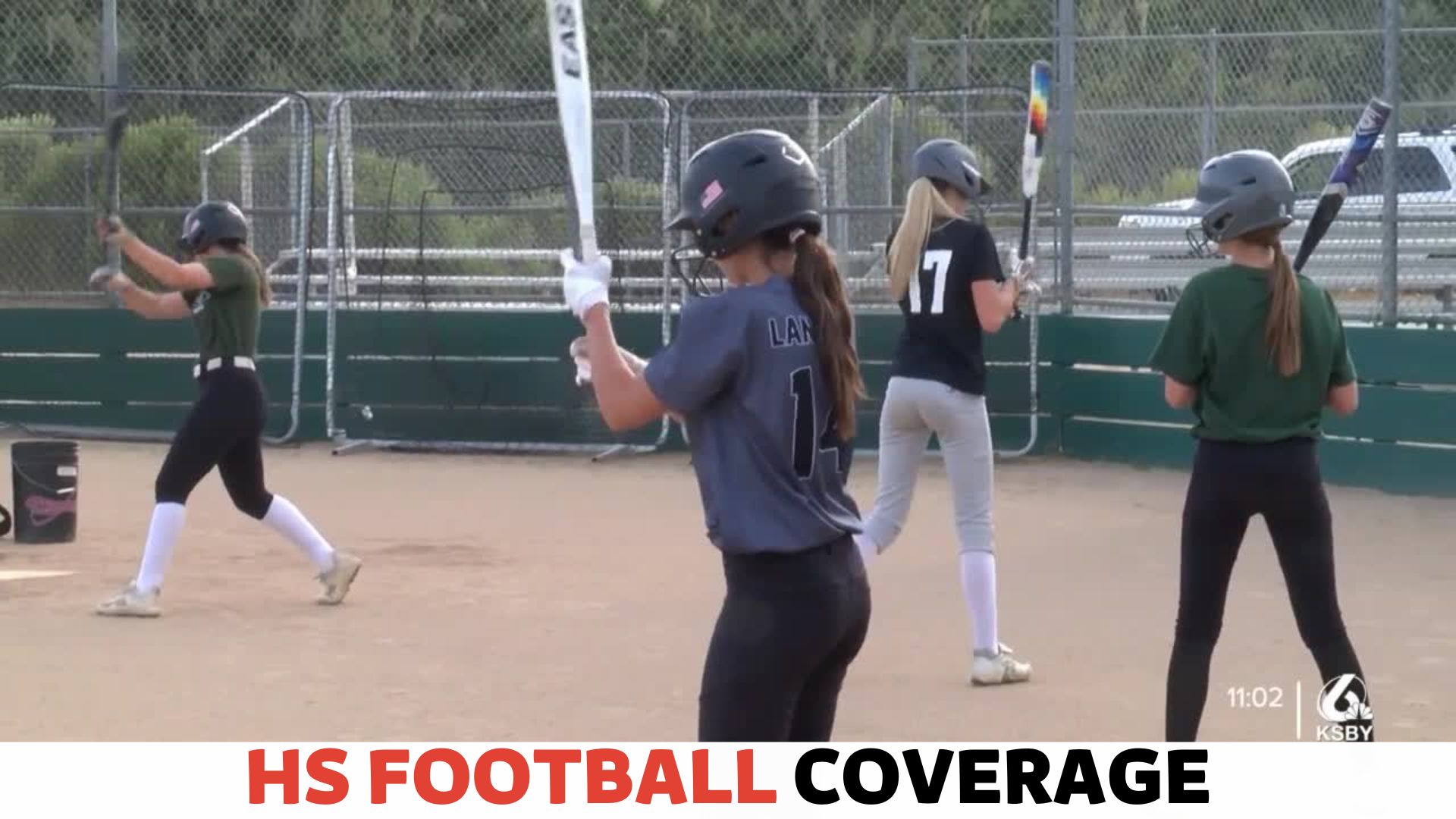
High school wrestling is a type of amateur wrestling practiced by high school students. It involves various techniques and moves to pin down opponents within weight classes.
In this popular sport, athletes compete individually or as a team, showcasing their strength, agility, and strategy.
High school wrestling allows students to develop physical fitness, discipline, perseverance, and sportsmanship. Success requires rigorous training, adherence to rules, and dedication.
With a long history and widespread popularity, high school wrestling continues to be a highly competitive and exciting sport that showcases the athleticism and skills of young athletes.
Understanding the Different Styles of High School Wrestling

Understanding the different styles of high school wrestling is essential for anyone who wants to appreciate the sport fully.
High school wrestling offers athletes a chance to compete in various styles, each with unique rules and techniques.
Let’s explore the distinctive characteristics of each style in high school wrestling, from foundational folkstyle wrestling to dynamic freestyle wrestling and ancient Greco-Roman wrestling.
Folkstyle Wrestling: The Foundation of High School Wrestling
Folkstyle wrestling, or collegiate wrestling, is the foundation of high school wrestling in the United States.
This style emphasizes controlling an opponent on the mat through takedowns, escapes, and pins. Folkstyle matches typically consist of three periods, with the first period starting from neutral positions, where both wrestlers begin standing.
The second period allows for the choice of top or bottom position, while the third period alternates the position choice. In folkstyle wrestling, pinning an opponent’s shoulders to the mat is the ultimate goal, leading to a victory.
Freestyle Wrestling: The Dynamic and Fast-paced Olympic Style
Freestyle wrestling is primarily seen in international competitions, including the Olympic Games.
It emphasizes speed, agility, and explosiveness, allowing wrestlers to use a wider range of techniques than in folkstyle wrestling.
Matches occur on a circular mat, and wrestlers earn points for takedowns, exposure, and reversals. Unlike in folkstyle wrestling, freestyle matches consist of two three-minute periods, with potential tiebreaker periods if needed.
Freestyle wrestling encourages more dynamic and high-scoring action, making it thrilling to watch and participate in.
Greco-roman Wrestling: The Upper-body Emphasis and Ancient Origins
Greco-Roman wrestling is the oldest style, with its origins dating back to ancient times. This style restricts holds and attacks to the upper body, excluding any use of leg attacks or trips.
It emphasizes throws and lifts, requiring athletes to develop powerful upper-body strength and technique. Like freestyle wrestling, Greco-Roman matches occur on a circular mat and typically consist of two three-minute periods.
Victory is achieved by pinning the opponent or accumulating more points through takedowns and maneuvers.
Overall, high school wrestling allows athletes to delve into different styles, each contributing unique challenges and strategies.
Whether competing in foundational folkstyle wrestling, dynamic and fast-paced freestyle wrestling, or upper-body-focused Greco-Roman wrestling, high school wrestlers gain valuable experience and skills that can benefit them throughout their wrestling careers.
The Rules and Regulations of High School Wrestling
High school wrestling is a popular and competitive sport that requires strength, skill, and determination. To ensure fair play and athlete safety, it is governed by rules and regulations.
This section will explore the key aspects of high school wrestling’s rules and regulations, including weigh-ins, weight classes, championships, scoring, match duration, safety measures, and injury prevention.
Weigh-ins, Weight Classes, and Championships: How the System Is Structured
One of the foundational elements of high school wrestling is the weigh-in. Before each match, wrestlers must weigh in to determine their weight class.
The weight class system ensures that athletes compete against opponents of similar size and weight, promoting fairness and reducing the risk of injury.
The specific weight classes may vary depending on the state or organization, but typically range from 106 to 285 pounds.
Wrestlers are grouped into weight classes during tournament competitions as well. These tournaments, often held at the end of the season, determine the champions in each weight class.
Wrestlers compete against others within their weight class, vying for the title of weight class champion and, ultimately, the overall team championship.
Scoring and Match Duration: Breaking Down the Points and Time Limits
Scoring in high school wrestling is based on a point system. Wrestlers can earn points through various moves and positions during a match.
Some common scoring methods include takedowns, escapes, reversals, near falls, and pins. Each move has a specific point value assigned to it, and the goal is to accumulate the most points by the end of the match.
The duration of a high school wrestling match varies depending on the level of competition and weight class.
In regular-season matches, the duration is often six minutes, divided into three periods of two minutes each.
Championship matches may have longer durations, allowing wrestlers more time to showcase their skills and compete for the title.
Safety Measures and Injury Prevention: Protecting Athletes on the Mat
High school wrestling places a significant emphasis on athlete safety. Several safety measures and injury prevention guidelines are in place to protect wrestlers during matches.
For instance, wrestlers must wear specific safety gear, including a wrestling singlet, headgear, knee pads, and optional mouthguards.
Certain moves and positions are restricted in high school wrestling to prevent injuries. For example, there are rules against moves that put excessive pressure on an opponent’s neck or spine.
Wrestlers are also expected to follow proper technique and avoid dangerous actions that may lead to injury.
Certified referees closely monitor matches to ensure all rules and safety guidelines are followed.
If a wrestler suffers an injury during a match, the referee can stop the match and provide appropriate medical attention to the injured athlete.
In conclusion, understanding the rules and regulations of high school wrestling is essential for both athletes and spectators.
From weigh-ins to weight classes, scoring to match duration, and safety measures to injury prevention, these guidelines ensure fair play, healthy competition, and athlete well-being in the exciting world of high school wrestling.
The Physical and Mental Demands of High School Wrestling
High School wrestling is a demanding sport requiring athletes to possess physical and mental toughness.
It is a popular form of wrestling in schools nationwide, and for good reason. This section will delve into the physical requirements, the mental toughness needed, and how student-athletes balance academics and athletics.
Strength, Agility, and Conditioning: The Physical Requirements for Success
Strength, agility, and conditioning are paramount for success in high school wrestling. Wrestlers must have a solid foundation of strength to overpower opponents and execute various moves effectively.
“High school wrestlers spend hours in the gym, weightlifting, and building their overall strength.”
Additionally, agility plays a crucial role in high school wrestling. Wrestlers need to be quick on their feet, nimble, and able to move swiftly to take advantage of scoring opportunities.
The ability to change directions quickly and maintain balance is key to gaining the upper hand on the mat.
Furthermore, conditioning is a vital aspect of high school wrestling. Matches can be physically grueling, requiring athletes to possess cardiovascular endurance and stamina.
Hours of training are dedicated to intense cardio exercises, such as running and circuit training, to ensure wrestlers can maintain their energy levels throughout a match.
Mental Toughness and Strategy: Outsmarting Opponents on and Off the Mat
In addition to physical prowess, high school wrestlers must possess mental toughness and strategic thinking abilities.
Wrestling is not solely about overpowering opponents physically; it also involves outsmarting them on and off the mat.
Mental toughness is developed through rigorous training that pushes wrestlers to their limits. This helps in developing resilience, focus, and the ability to stay composed even in challenging situations.
Wrestlers learn to push through fatigue and pain, keeping their minds sharp throughout a match.
Moreover, wrestling is as much a mental game as it is physical. Wrestlers must analyze their opponents’ moves, identify weaknesses, and devise strategies to capitalize on them.
This strategic approach requires critical thinking and decision-making skills, allowing wrestlers to anticipate moves and adjust their techniques accordingly.
Balancing Academics and Athletics: Managing the Dual Responsibilities
For high school wrestlers, managing the dual responsibilities of academics and athletics can be a challenging task. These student-athletes must find a balance between schoolwork and their commitment to wrestling.
With a demanding practice schedule, tournaments, and travel, time management becomes crucial for academic success.
Wrestlers learn to prioritize their assignments and efficiently utilize their available time. They develop discipline and organizational skills that extend beyond the wrestling mat.
| 4. Prioritize sleep and ensure proper rest for academically and athletically optimal performance. |
|---|
| 1. Create a schedule to allocate time for both academics and wrestling. |
| 2. Utilize study hall periods or breaks during the day to work on assignments. |
| 3. Seek help from teachers or peers when needed to effectively manage coursework. |
| 4. Prioritize sleep and ensure proper rest for optimal performance both academically and athletically. |
By successfully balancing their responsibilities, high school wrestlers become proficient athletes and excel academically, setting themselves up for future success.
High school wrestling demands both physical and mental strength. Athletes must possess strength, agility, and conditioning to succeed in the sport.
Additionally, mental toughness and strategic thinking are crucial. It requires balancing academics and athletics effectively to excel in both areas.
High school wrestlers who master these demands not only become formidable on the mat but also learn valuable life skills that prepare them for future endeavors.
The Benefits and Challenges of High School Wrestling
High School Wrestling offers numerous benefits including physical fitness, discipline, and self-confidence.
However, it also presents challenges such as intense competition and the dedication required for training and maintaining weight. Wrestling at the high school level requires commitment and perseverance.
Character Development and Discipline: Lessons Learned Through the Sport
High school wrestling is more than a physical sport—it is an opportunity for character development and discipline.
Through this challenging and demanding sport, wrestlers learn valuable lessons that extend far beyond the wrestling mat.
One of the most significant benefits of participating in high school wrestling is the development of character.
Wrestlers are taught to push themselves to their limits, to never give up, and to face challenges head-on. They learn to embrace perseverance, determination, and mental toughness – essential not only for success in wrestling but also for success in life.
The discipline required to adhere to a demanding training schedule, maintain a healthy diet, and make sacrifices for the sport instills a strong work ethic and self-discipline in wrestlers that can positively shape their future endeavors.
Team Camaraderie and Individual Growth: The Impact on Personal Relationships
High school wrestling fosters team camaraderie while also fueling individual growth. While wrestling is often perceived as an individual sport, the sense of community and support within the team is undeniably strong.
Wrestlers train together, motivate each other, and share the sport’s triumphs and setbacks. Through teamwork and shared experiences, deep bonds can last a lifetime.
| Benefits | Challenges |
|---|---|
|
|
Not only does high school wrestling build strong bonds within the team, but it also profoundly impacts personal relationships outside of the sport.
Wrestlers learn to navigate competition dynamics, respect for opponents, and the importance of sportsmanship.
These values translate into their interactions with family, friends, and peers, fostering empathy, respect, and meaningful connections.
Time Management and Sacrifices: The Commitment Required for High-level Competition
Participating in high school wrestling requires a significant commitment of time and sacrifice. Wrestlers must dedicate themselves to a rigorous training schedule, balancing schoolwork, personal life, and the demands of the sport.
It teaches them invaluable skills in time management, prioritization, and multitasking – skills that are highly transferable to other aspects of their lives.
The commitment required for high-level competition means wrestlers must sacrifice personal time and interests. They may have to forego social events, hobbies, and leisure activities to maintain focus and give their all to the sport.
In doing so, they learn the value of sacrifice, the importance of setting priorities, and the rewards that come with dedication and hard work.
The Impact and Legacy of High School Wrestling
High school wrestling is a dynamic and captivating sport that leaves a lasting impact on athletes.
Known for its intense physicality and strategic techniques, it provides a platform for personal growth, teamwork, and discipline. Wrestlers develop invaluable skills and create a legacy far beyond the mat.
College Wrestling Opportunities: How High School Wrestling Can Lead to the Next Level
High school wrestling is not only a platform for athletes to showcase their skills and passion, but it also serves as a stepping stone towards college wrestling opportunities.
Many aspiring wrestlers dream of representing their college on the mat and taking their abilities to the next level.
By excelling in high school wrestling, athletes increase their chances of being noticed by college scouts and recruiters, who are constantly seeking talented individuals to join their teams.
College wrestling programs allow athletes to continue their athletic journey while pursuing higher education.
For those committed to the sport, this represents a fantastic opportunity to further hone their skills and compete at a more professional level.
College wrestling scholarships provide financial assistance, making education more attainable for student-athletes.
Life Skills Beyond the Sport: How Wrestling Prepares Athletes for Future Success
High school wrestling goes beyond physical strength and technical prowess. Wrestlers develop many life skills that extend far beyond the mat.
These skills are invaluable and have a lasting impact on their personal and professional lives.
One key life skill fostered by wrestling is discipline. The rigorous training, weight management, and adherence to strict schedules instill a sense of discipline in wrestlers.
This discipline transfers to other aspects of life, such as academics and career pursuits. Wrestlers learn the importance of focus, perseverance, and determination, which are essential traits for success in any endeavor.
Another crucial skill that wrestling cultivates is mental toughness. The sport is physically and mentally demanding, pushing athletes to their limits.
Wrestlers learn how to cope with pressure, overcome obstacles, and bounce back from defeats.
This resilience and mental fortitude translate into resilience in other areas of life, allowing wrestlers to handle challenges with grace and determination.
Wrestling also promotes goal-setting and time management. Athletes must set specific goals, both on and off the mat, and create a plan to achieve them.
This emphasis on goal-setting and time management prepares wrestlers for future success as they learn to prioritize tasks and use their time efficiently.
The Enduring Tradition of High School Wrestling: Its Place in American Culture
High school wrestling has a rich history and is significant in American culture. It is a sport that embodies the values of hard work, dedication, and teamwork.
The tradition of wrestling in high schools is deeply ingrained, and it continues to flourish across the nation.
One reason for high school wrestling’s enduring tradition is its accessibility. Unlike some sports that require expensive equipment or specialized facilities, wrestling can be practiced with minimal resources.
This accessibility allows students from all backgrounds to participate, fostering inclusivity and a sense of community.
In addition to its accessibility, high school wrestling showcases the grit and determination of young athletes. It provides a platform where students can prove their mettle and push themselves to their limits.
This competitive spirit and perseverance resonate with audiences, and the sport garners widespread support from communities nationwide.
Furthermore, high school wrestling creates lasting memories and lifelong friendships. The bonds formed through the shared experiences on the mat often extend beyond high school, with wrestlers forming connections that endure throughout their lives.
These connections contribute to the sense of camaraderie and pride that surround high school wrestling and keep the tradition alive.
Conclusion
To sum it up, high school wrestling is an intense and physically demanding sport that requires discipline and dedication.
With various styles, such as folkstyle, freestyle, and Greco-Roman, students have an opportunity to explore their strengths and challenge themselves mentally and physically.
Whether pursuing it as a competitive sport or simply for personal growth, high school wrestling offers valuable lessons in teamwork, perseverance, and self-improvement.
So, if you’re considering wrestling in high school, get ready for a thrilling and rewarding experience.















